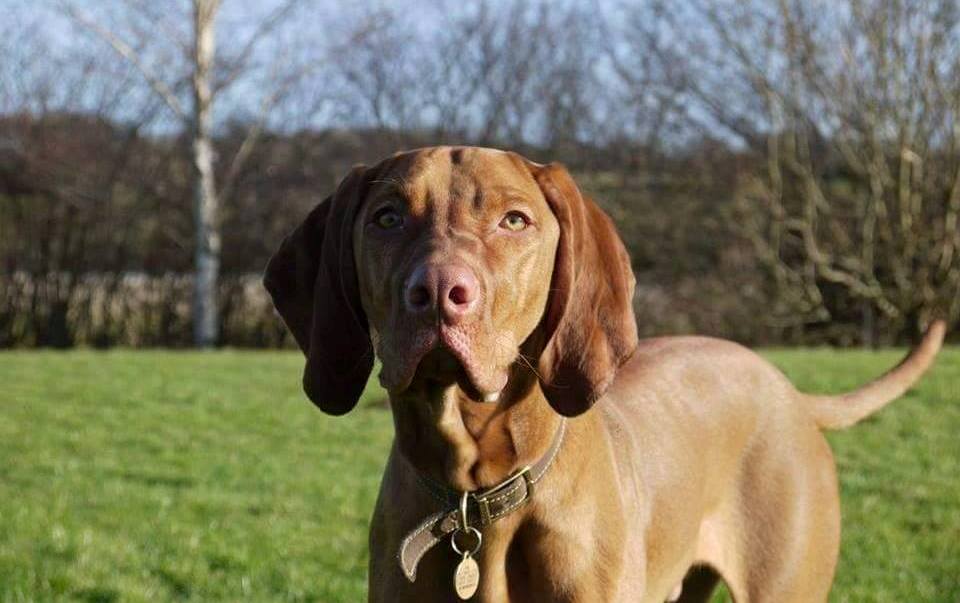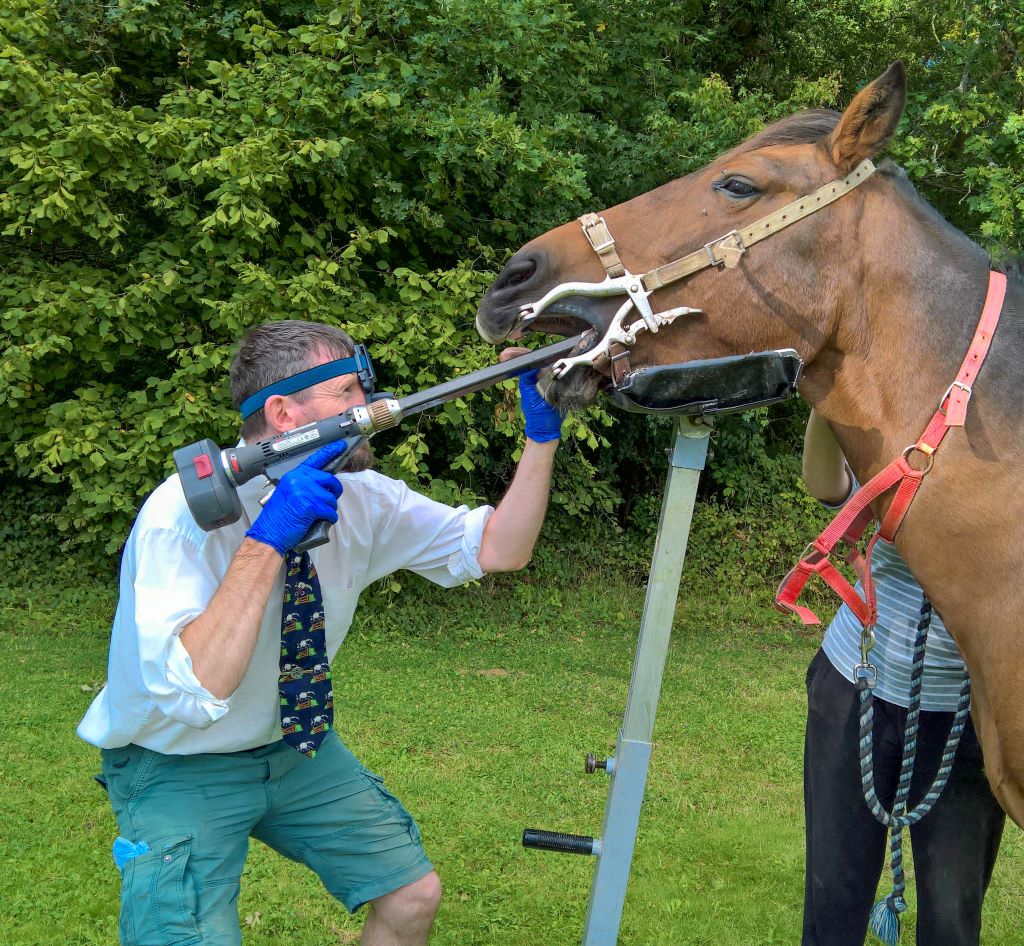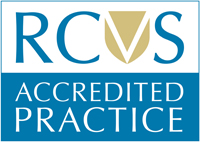- Tel: 01825 764268
Dental Disease
Looking After Your Cat’s or Your Dog’s teeth
Just as we need regular visits to the dentist to ensure that our teeth and gums are healthy and free from decay and disease, our pets also need regular dental check ups. Yourself, the owner, can do these check ups or they can be done by your veterinary surgeon- an ideal time is at the time of your pets annual routine vaccination.
In domestic pets the mouth and teeth are generally involved in the intake and chewing of food, rather than the catching, killing and holding prey use they had in their ancestors. Therefore oral health is vital for efficient and painfree eating! Studies have shown that by the age of five, up to 80% of dogs and 70% of cats show some kind of gum disease and the majority of these cases will go unnoticed by the owner until the problem is quite severe. Mouth disease may also be an indicator of an internal/systemic medical problem.
A balanced diet helps to ensure that your pet is getting the correct nutrients for strong, healthy teeth. It is beneficial to train your pet to let you look in his or her mouth from a young age so that any problems can be detected at an early stage. Gums should be a healthy pink in colour and there should be no bleeding or redness.
Teeth should be firm, white and strong; yellowing of teeth may indicate some plaque formation. There should be little or no odour to your animal’s breath. Any change in the normal appearance or smell of your pet’s breath would suggest a problem and should be investigated by your vet.


How do you know if your pet has dental disease?
A common complaint of animals with an oral problem is halitosis or bad breath. Do you hold your nose when your pet tries to give you a slobbery kiss or gets too close to you? This is usually due to the build up of plaque and calculus on the teeth leading to inflammation and bleeding of the gums (gingivitis).
Dental plaque consists of salivary deposits, bacteria and food particles and is deposited on the tooth surface. You may see this as brown areas on the tooth. This can lead to bacterial infections in the mouth and if severe may lead to ulcers on the gums or inside surfaces of the cheeks. The most common dental problem in dogs and cats is periodontal disease. This is due to inflammation of the tissues surrounding and attached to the teeth and if left untreated will become painful and may lead to loss of the tooth.
So, if you suspect your pet has dental disease, your vet should check it out. Your vet will give your animal a whole body check over to assess general health and also a thorough examination of your dog’s teeth and gums. It is usually necessary to arrange the de-scaling and polishing of the teeth and this is done under general anaesthetic to reduce the stress to the animal and allow a thorough clean up of the teeth.
A blood sample may be taken from older animals or animals with a known problem, to check the pet’s kidney and liver function. This will enable your vet to pick up any potential problems and help to minimise the risk of the anaesthetic.
It may also be necessary for your pet to have a course of antibiotics before the anaesthetic to reduce the amount of infection in the mouth. The process of cleaning the teeth is very similar to the method used by human dental hygienists. It involves the scaling and removal of any plaque on the teeth, exploration of any tooth root exposure and any wobbly/loose or severely damaged teeth may need to be removed.


The remaining teeth are then polished. Usually your pet will be able to return home the same day of the anaesthetic and may have a further course of antibiotics and possibly some painkillers if any teeth were removed. It is usually advised to feed your pet soft, light food for a few days after their dental treatment and your vet may want to see you and your pet after a few days to check up on progress.
As with all things, prevention is better than cure. A good diet, regular checks of your pet’s teeth and also dental care at home. Regular brushing of your pet’s teeth helps to prevent build up of plaque on their teeth and this in turn helps to reduce the chance of gingivitis and infection in the mouth. There are a number of specially designed pet toothbrushes and flavoured toothpastes that can be obtained from your vet or local pet shop. Cats and dogs DO NOT like human minty toothpaste!
Dental homecare for cats is often abit of a challenge but is not beyond the scope of most owners. Cleaning your dog’s teeth should become part of your daily routine and if not daily then two or three times a week. Dry diets help to keep teeth and gums healthy as they are crunched. Chewing of bones helps to keep tartar building up but they are not advisable due to the possible risk of them causing gastrointestinal upsets. Instead if bones there are now a number of specially designed oral hygiene chews and these can be included as part of dog’s normal diet. These chews help to dislodge plaque on the teeth and help to prevent its build up by stimulating saliva production.
CLEANING YOUR OWN TEETH IN THE MORNING IS PART OF YOUR NORMAL DAILY ROUTINE, SO WHY NOT MAKE IF PART OF YOUR PET’S ROUTINE AS WELL?
Register Now
If you would like to register your pets with us at Fairfield House then please give us a call now, or follow the link to fill in a registration form and one of our friendly members of staff will be in touch.

